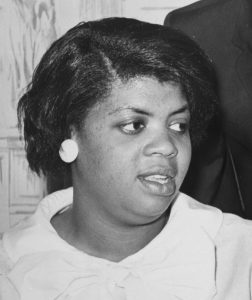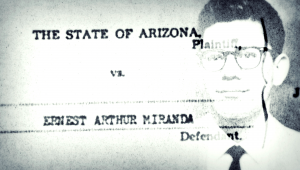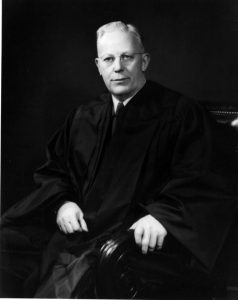
Linda Brown in 1964 (Library of Congress)
Brown v. Board of Education is the case that desegregated schools in America and overturned the doctrine of “separate but equal” that enabled segregation in the United States. The third grader at the center of the case, Linda Brown, died this week at the age of 76.
Linda just wanted a closer school and a safer commute, one that didn’t involve crossing a dangerous street and railroad tracks just to get to her bus. But the school five minutes from her home was all white and Linda was African American. And in Topeka, Kansas in the 1950s, like in much of the country, schools were segregated. Linda’s parents objected and their case became a class action lawsuit that eventually went all the way to the Supreme Court.
In a unanimous opinion written by Chief Justice Earl Warren, the Court ruled in favor of Brown, writing that segregation and the doctrine of “separate but equal” were inherently unequal and thus violated the Equal Protection Clause of the 14th Amendment.
Learn more about the fight to end segregation in schools in our film An Independent Judiciary.



